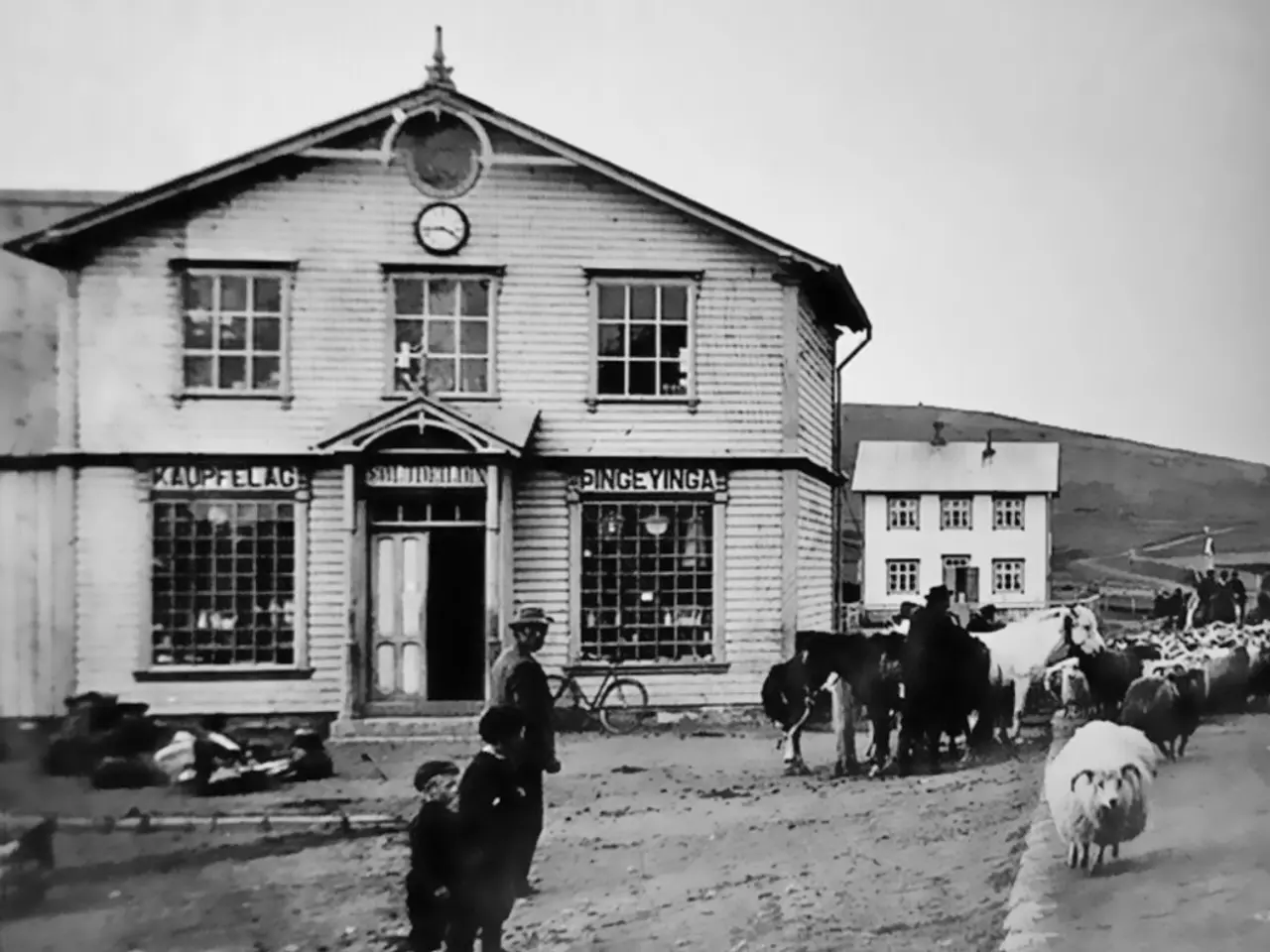Federal collaboration with the film industry aims to deter wolves from approaching livestock, as overseen by the United States Department of Agriculture.
In an innovative approach to wildlife management, the United States Department of Agriculture (USDA) is experimenting with nonlethal methods to keep wolves away from livestock in Oregon. The key to this novel strategy? Hollywood movie sound clips, particularly from the intense fight scene in the Oscar-nominated film Marriage Story.
The USDA is employing drones equipped with thermal cameras and loudspeakers to patrol grazing areas. These drones autonomously broadcast a variety of emotionally charged audio, including the heated argument between Adam Driver and Scarlett Johansson's characters in Marriage Story.
This unconventional method is showing promising results. USDA trials in Oregon have demonstrated a reduction in livestock losses by 50-70% when compared to periods of high wolf predation. Anecdotal evidence from ranchers reports fewer wolf tracks and zero calf kills during active use of these sounds.
The strategy relies on wolves perceiving the unusual and unpredictable sounds as signs of human presence and danger, thus deterring them naturally. Wolves habituate quickly to repetitive noises, so using diverse and emotionally powerful human vocalizations—such as angry arguments—maintains novelty and increases deterrence effectiveness.
The intense, raw human emotions in the Marriage Story scene trigger wolves’ wariness of humans without physical confrontation. The loud and chaotic nature of the film's fight scenes likely contributes to their effectiveness in the experiment.
This nonlethal, remote approach minimizes direct conflict between humans and wolves and supports coexistence strategies. It aligns with federal regulations protecting wolves, such as their listed status in parts of Oregon, by providing a non-lethal alternative to lethal control.
The creative use of Hollywood sound clips also raises public awareness of wildlife management challenges and promotes dialogue about coexistence. It offers ranchers a practical, innovative tool to protect livestock while supporting wolf conservation efforts and reducing human-wildlife conflict.
The Wall Street Journal reports early success with this unconventional wildlife control approach. While the experiment does not involve the use of fences or traps, the approach is designed to make animals associate humans with danger and unpredictability.
In summary, using emotionally charged Hollywood film audio clips as wolf deterrents via drone technology is a novel, nonlethal method showing promising results for reducing wolf attacks on livestock while promoting coexistence and conservation goals.
- The USDA's drones, outfitted with thermal cameras and loudspeakers, employ diverse emotional audio, including intense film fight scenes, as part of a new strategy to deter wolves from grazing areas.
- Despite relying on unconventional methods like Hollywood movie sound clips, this nonlethal approach aligns with federal regulations and promotes coexistence between humans and wolves, while also providing a practical tool for ranchers to protect livestock.




